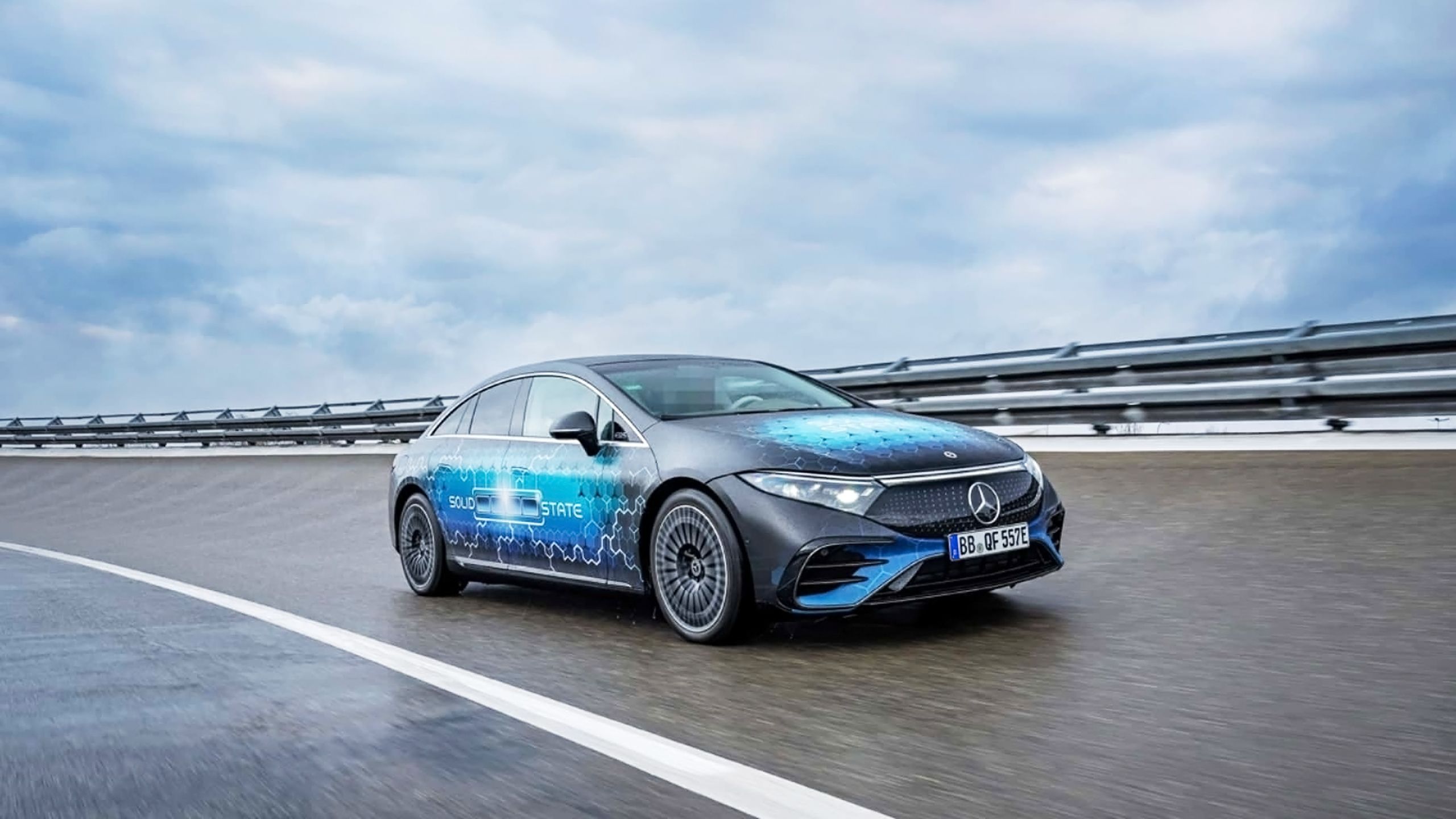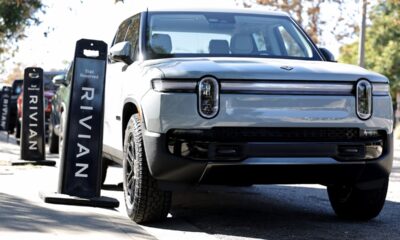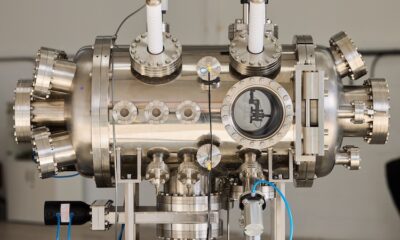Gadgets
Why solid-state batteries will revolutionize EVs

Summary
- Solid-state batteries (SSBs) should enhance range efficiency, charge faster, and offer more thermal stability.
- The main challenge lies in establishing the necessary supply chain infrastructure.
- SSB-equipped cars could hit the roads by March 2029, but widespread availability may not be until 2030 or later.
One of the main barriers preventing electric cars from overtaking traditional vehicles is the cost and performance of batteries. While advancements have been made in range, the infrastructure for charging still poses a challenge. The transition to solid-state batteries (SSBs) is seen as a potential solution to these issues, but what exactly are SSBs and when can we expect them in the automotive market?
Related
Everything you need to know about PEVs, or personal electric vehicles
You can use PEVs to explore, run errands, or speed up your commute.
What are solid-state batteries, and who’s making them?
Changing the basics of battery tech
Honda
A key component of any battery is its electrolyte, responsible for transporting ions during charging and discharging. Traditional batteries use a liquid lithium-based electrolyte, while solid-state batteries (SSBs) replace this with a solid electrolyte made of oxides, sulfides, or polymers. This shift offers improved efficiency and safety in battery technology.
Various companies, including Factorial, Solid Power, and QuantumSpace, are developing SSB technology in partnership with leading automakers like BMW, Hyundai, Stellantis, Mercedes-Benz, and Volkswagen. In-house development is also underway at companies like Honda, Toyota, and Nissan, with a focus on reducing costs and enhancing production efficiency.

Related
5 tricks I use to extend my EV’s battery range
These battery-saving tips will eliminate range anxiety on your next road trip.
Why are solid-state batteries such a big deal?
Solving several problems at once
Rivian
The primary advantage of solid-state batteries is their increased energy density. Companies like Factorial have achieved significant improvements in energy density, enabling greater range without the need for larger battery sizes. Additionally, SSBs charge faster, offering the potential for quicker and more convenient charging experiences for electric vehicle owners.
Imagine being able to drive from Austin to New Orleans and back with just a single 10-minute stop in between.
Moreover, solid-state batteries offer enhanced thermal stability, minimizing range loss in extreme temperatures and reducing the risk of fires. These improvements make SSBs a promising technology for the future of electric vehicles.

Related
5 things you might not know about driving an EV in cold, snowy weather
It’s perfectly fine to own in EV in places where you can go sledding or skiing.
What’s holding solid-state batteries back?
A question of scale
Mercedes-Benz
While solid-state batteries show promise on a scientific level, the main hindrance to their widespread adoption is the supply chain. The transition to SSBs requires new manufacturing processes and facilities, posing a challenge in scaling production to meet the demands of the global electric vehicle market.

Related
What you need to know before buying an e-bike
Don’t just buy the cheapest e-bike you can find — you can do better.
Additionally, challenges in production yields need to be addressed, ensuring that factories can consistently produce high-quality batteries. Refinements in manufacturing processes are essential to achieving the desired yield rates for mass production of solid-state batteries.
-

 Destination9 months ago
Destination9 months agoSingapore Airlines CEO set to join board of Air India, BA News, BA
-

 Breaking News10 months ago
Breaking News10 months agoCroatia to reintroduce compulsory military draft as regional tensions soar
-

 Gadgets4 months ago
Gadgets4 months agoSupernatural Season 16 Revival News, Cast, Plot and Release Date
-

 Tech News1 year ago
Tech News1 year agoBangladeshi police agents accused of selling citizens’ personal information on Telegram
-

 Productivity12 months ago
Productivity12 months agoHow Your Contact Center Can Become A Customer Engagement Center
-

 Gadgets1 month ago
Gadgets1 month agoFallout Season 2 Potential Release Date, Cast, Plot and News
-

 Breaking News10 months ago
Breaking News10 months agoBangladesh crisis: Refaat Ahmed sworn in as Bangladesh’s new chief justice
-

 Toys1 year ago
Toys1 year ago15 of the Best Trike & Tricycles Mums Recommend


























